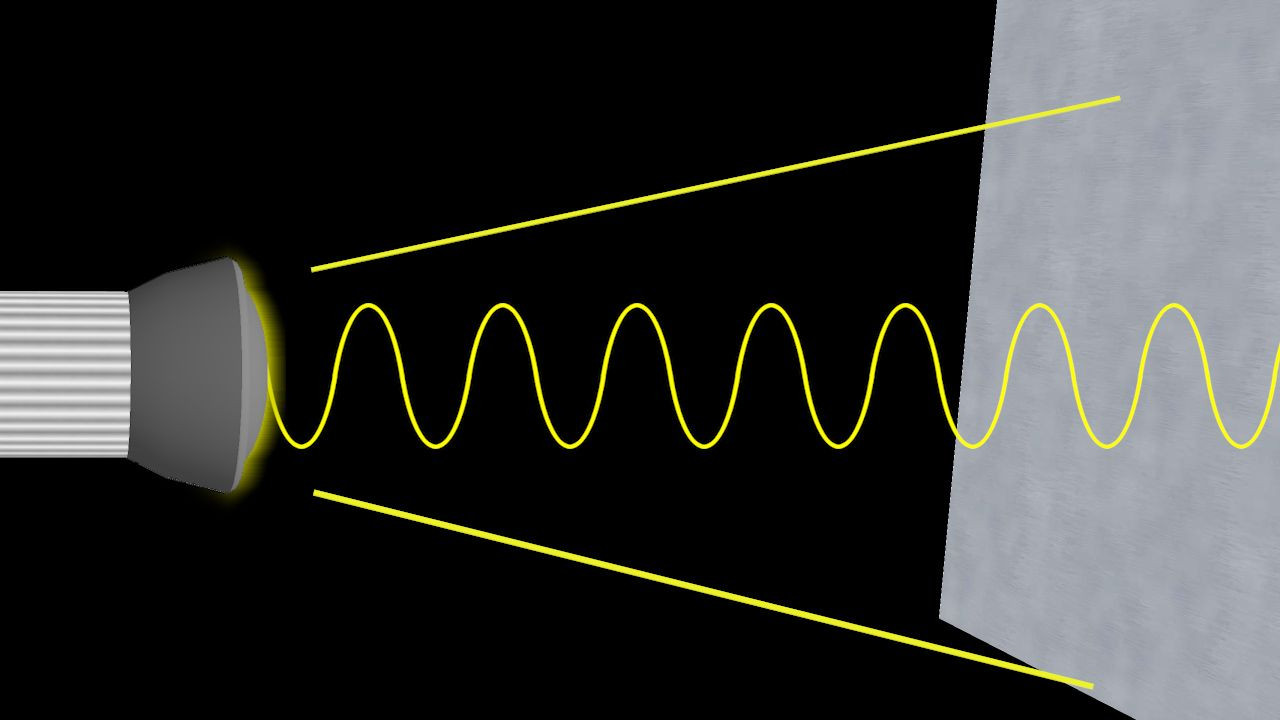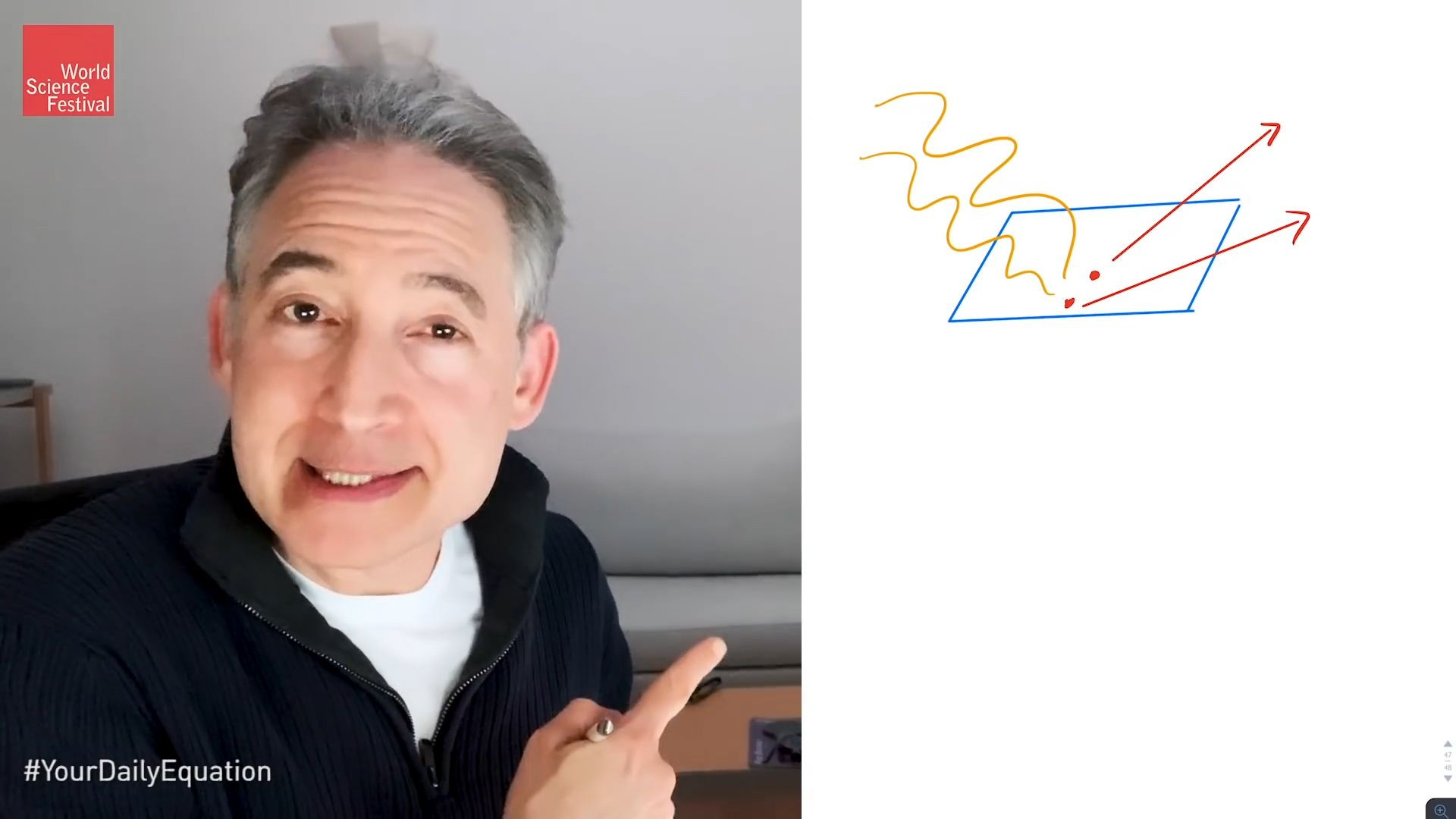The photoelectric effect is a fascinating phenomenon in physics where materials emit electrically charged particles when they absorb electromagnetic radiation, such as light. Often illustrated by the release of electrons from a metal surface exposed to light, the photoelectric effect extends beyond visible light and metals. It encompasses various forms of radiant energy – from infrared and ultraviolet light to X-rays and gamma rays – and diverse materials including solids, liquids, and gases. The emitted particles can be ions or electrons. This effect was pivotal in shaping modern physics, challenging classical wave theories of light and ultimately demonstrating light’s dual wave-particle nature, a puzzle solved by Albert Einstein in 1905. Today, the photoelectric effect is not only crucial for scientific research across materials science and astrophysics but also underpins numerous technological applications.
The Genesis of Discovery: Hertz and Lenard’s Early Investigations
The photoelectric effect’s discovery dates back to 1887, credited to German physicist Heinrich Rudolf Hertz. While experimenting with radio waves, Hertz noticed that ultraviolet light altered the sparking voltage between two metal electrodes. This intriguing link between light and electricity, hence “photoelectric,” was further explored in 1902 by Philipp Lenard, another German physicist. Lenard’s experiments revealed that shining light on a metal surface liberated electrically charged particles. Crucially, he identified these particles as electrons, which J.J. Thomson had discovered in 1897.
Further investigation into the photoelectric effect exposed limitations in classical physics’ ability to explain it. Classical physics, which described light as an electromagnetic wave, failed to account for key observations. Notably, the maximum kinetic energy of emitted electrons remained constant regardless of light intensity, contradicting wave theory predictions. Instead, this kinetic energy was directly proportional to the light’s frequency. Interestingly, light intensity did influence the number of emitted electrons, observed as electric current. Another anomaly was the near-instantaneous emission of electrons upon light exposure, with virtually no time lag.
 Diagram illustrating the photoelectric effect with light hitting a metal plate and electrons being emitted
Diagram illustrating the photoelectric effect with light hitting a metal plate and electrons being emitted
Einstein’s Quantum Leap: Photons and the Photoelectric Equation
These perplexing behaviors led Albert Einstein to a groundbreaking proposition in 1905: a corpuscular theory of light. He posited that light consists of discrete packets of energy called photons. Each photon carries a specific energy quantum, directly related to the light’s frequency. Specifically, a photon’s energy (E) is given by E = hf, where f is the light’s frequency and h is Planck’s constant, a fundamental constant introduced by Max Planck in 1900 to explain blackbody radiation. This relationship can also be expressed as E = hc/λ, where c is the speed of light and λ is the wavelength, highlighting the inverse relationship between photon energy and wavelength.
Einstein theorized that a photon, upon striking a material, transfers its energy to an electron. As the electron travels through the metal and escapes, it loses kinetic energy equal to the work function (ϕ), the energy needed to overcome the material’s binding forces. Applying the principle of energy conservation, Einstein formulated the photoelectric equation: *Ek = hf − ϕ, where Ek* represents the maximum kinetic energy of the ejected electron.
While Einstein’s model elegantly explained electron emission, his photon hypothesis was initially radical and met with skepticism. It wasn’t until precise experiments by Robert Millikan in 1916 that Einstein’s equation was rigorously verified. Millikan’s measurements confirmed the equation and precisely validated that Einstein’s constant (h) matched Planck’s constant. Einstein’s explanation of the photoelectric effect earned him the Nobel Prize in Physics in 1921, solidifying the quantum revolution in physics.
 Video still explaining Einstein's contribution to understanding the photoelectric effect and quantum physics
Video still explaining Einstein's contribution to understanding the photoelectric effect and quantum physics
Expanding the Understanding: Compton, Fowler, and Beyond
Further validation of the photon concept came in 1922 when Arthur Compton studied X-ray scattering by electrons. He observed wavelength shifts in X-rays after interaction and demonstrated that these shifts could be predicted by treating X-rays as photons. This Compton effect earned him the Nobel Prize in Physics in 1927. In 1931, Ralph Howard Fowler broadened the understanding of photoelectric emission by establishing a link between photoelectric current and temperature in metals, further refining the theoretical framework. Subsequent research demonstrated that photoelectric emission wasn’t limited to conductors; electromagnetic radiation could also induce electron emission in insulators and semiconductors, materials with varying electrical conductivity.
Quantum Principles Underlying Photoelectric Phenomena
Quantum mechanics provides the framework to understand the photoelectric effect at a fundamental level. Electrons within atoms reside in specific energy configurations or bands. The highest energy band typically occupied by electrons is the valence band, and its electron occupancy dictates a material’s conductivity. In conductors (metals), the valence band is partially filled, allowing electrons to move freely and conduct electricity. Insulators (like glass or rubber) have a filled valence band, restricting electron mobility. Semiconductors, similar to insulators, possess a filled valence band, but require minimal energy to excite electrons to the next energy band, the conduction band. Electrons in the conduction band are mobile and contribute to electrical conductivity.
The energy gap between the valence and conduction bands, known as the bandgap, is crucial. For semiconductors like silicon (1.12 eV) and gallium arsenide (1.42 eV), this bandgap energy corresponds to photons of infrared and visible light. These photons can energize electrons in semiconductors, boosting them to the conduction band. This excitation can lead to photoconductivity, where light enhances electrical conductivity by increasing charge carriers, or the photovoltaic effect, where light generates voltage independently.
Photoconductivity arises from both the liberated electrons and the resulting “holes” (missing electrons) in the valence band. Both contribute to current flow when the semiconductor is illuminated. The photovoltaic effect, essential in solar cells, generates voltage by separating light-freed electrons and holes at a p–n junction. This junction, formed between p-type (excess holes) and n-type (excess electrons) semiconductors, creates an internal electric field. Light absorption near the junction generates electron-hole pairs, which are then separated by the electric field, creating a voltage and enabling light-to-electricity conversion.
At higher photon energies, such as those of X-rays and gamma rays, other photoelectric effects emerge. These energetic photons can eject tightly bound inner-shell electrons near the atomic nucleus. The subsequent filling of the inner-shell vacancy by an outer electron releases energy, often resulting in the emission of further electrons – the Auger effect. Additionally, the Compton effect occurs when high-energy photons collide with electrons, resulting in energy and momentum transfer, and a characteristic wavelength shift in the scattered photon. Understanding these diverse photoelectric phenomena is crucial for advancing technologies and deepening our understanding of light-matter interactions.
